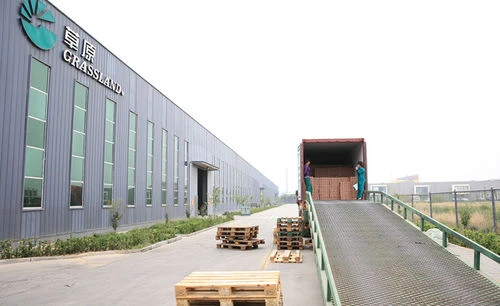Understanding Grinding Wheel Prices A Comprehensive Overview
Grinding wheels are essential tools in various industries, including metalworking, woodworking, and construction. They play a crucial role in shaping, sharpening, and finishing materials, making them indispensable in both commercial and industrial applications. As a result, understanding the pricing structure of grinding wheels is vital for businesses and professionals alike. In this article, we will explore the factors influencing grinding wheel prices, typical price ranges, and how to select the right grinding wheel for your needs.
Factors Influencing Grinding Wheel Prices
1. Material Composition The type of abrasive material used in a grinding wheel significantly impacts its price. Common materials include aluminum oxide, silicon carbide, and diamond. Diamond wheels are often the most expensive due to their superior cutting abilities and longer lifespan. Aluminum oxide wheels are generally more affordable and widely used for various applications, making them a popular choice among budget-conscious buyers.
2. Wheel Size and Thickness Larger and thicker grinding wheels typically cost more than smaller, thinner ones. The size and thickness are often dictated by the intended application; heavy-duty industrial tasks require robust wheels capable of withstanding greater wear and tear. Consequently, businesses must balance their grinding requirements with budget considerations when selecting wheel sizes.
3. Type of Bond Grinding wheels are held together withDifferent types of bonds such as vitrified, resin, rubber, and metal. Vitrified bonds are the most common for general use, while resin bonds offer flexibility and are often used for precision grinding. The bond type affects the performance and longevity of the wheel, which consequently influences its price.
4. Manufacturing Process The method used to manufacture grinding wheels can also impact their cost. Wheels produced through advanced techniques that ensure high precision and uniformity may come with a higher price tag. Conversely, lower-cost manufacturing processes may result in products that do not meet professional standards, leading to potential issues in performance and safety.
5. Brand Reputation The brand of a grinding wheel can significantly affect its price. Renowned brands with established reputations often command higher prices due to their perceived quality and reliability. While it may be tempting to opt for cheaper, lesser-known brands, customers should consider the potential trade-offs in performance and durability.
Typical Price Ranges
grinding wheel price list

Grinding wheel prices can vary widely based on the factors mentioned above. On average, basic aluminum oxide grinding wheels can range from $5 to $25 per wheel, while silicon carbide wheels might fall within the $10 to $30 range. For diamond wheels, prices can soar from $50 for standard models to over $500 for high-performance and specialized options. Additionally, bulk purchases might yield cost savings, presenting an excellent opportunity for businesses looking to reduce operational costs.
Tips for Selecting the Right Grinding Wheel
When choosing a grinding wheel, consider the following
1. Application Requirements Understand the specific grinding needs for your tasks. Are you sharpening tools, shaping materials, or polishing surfaces? Identifying the application will guide your choice in terms of wheel type, grit size, and material.
2. Machine Compatibility Ensure that the grinding wheel is compatible with your machine. Pay attention to the wheel’s dimensions, arbor size, and speed rating to avoid potential safety hazards.
3. Grit Size The grit size defines the wheel’s aggressiveness. Coarser grits remove material faster but may leave a rough finish, while finer grits provide a smoother finish but slower material removal. Select a grit size according to your desired finish and efficiency.
4. Trial and Error It can be valuable to test different wheels to identify which one performs best in your specific applications. Engaging in trial and error can often lead to better performance outcomes and cost savings in the long run.
Conclusion
Understanding grinding wheel prices involves considering various factors such as material composition, size, bond type, manufacturing processes, and brand reputation. By being informed about these factors and the typical price ranges for different types of grinding wheels, businesses and professionals can make better purchasing decisions that align with their needs and budget constraints. Ultimately, investing in the right grinding wheel not only enhances work efficiency but also improves overall product quality in your projects.
Post time:Dec - 11 - 2024

















